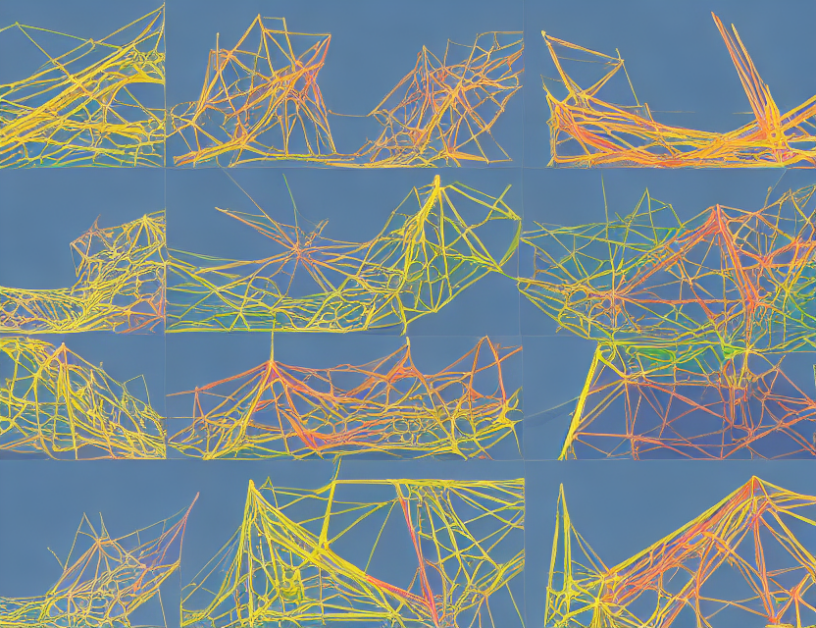In this article, we delve into a fascinating concept known as Kolmogorov n-widths, which has far-reaching implications in the realm of approximation theory. Essentially, it’s about measuring how well a set of data can be approximated by a smaller subspace of that data. Think of it like trying to simplify a complex landscape painting by reducing its dimensions while still capturing its essential features.
The article begins by introducing the concept of a Kolmogorov n-width, which is defined as the distance between the original set and the best possible approximation achieved by a subspace with at most n dimensions. Imagine it like trying to find the narrowest bridge that could connect two islands, where the width of the bridge represents the accuracy of the approximation.
The author then delves into the mathematical underpinnings of Kolmogorov n-widths and how they relate to other concepts in approximation theory. One key insight is that the classical Kolmogorov t-width (dn) provides a lower bound on the best possible approximation error, much like how the shortest bridge between two islands provides a minimum distance estimate.
The article also explores the connection between Kolmogorov n-widths and other measures of approximation, such as Riesz’s narrowness, which is similar to measuring the concentration of a set in a higher-dimensional space. By examining these relationships, readers gain a deeper understanding of the nuances of approximation theory and how different concepts complement each other.
Throughout the article, engaging analogies and metaphors are used to help readers grasp complex ideas. For instance, the author compares the process of approximating data with simplifying a painting by reducing its dimensions, or likening the best possible approximation to finding the narrowest bridge between two islands. These comparisons make the concepts more accessible and easier to comprehend.
In summary, "Kolmogorov n-Widths in Approximation Theory" offers a comprehensive overview of an important concept in approximation theory, demystifying complex ideas through relatable analogies and metaphors. By exploring the mathematical underpinnings of Kolmogorov n-widths and their connections to other measures of approximation, readers gain a deeper understanding of this fascinating area of study.
Mathematics, Numerical Analysis
Nonlinear Dynamics and Approximation: A Comparative Study of Reduction Techniques



